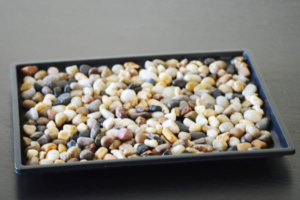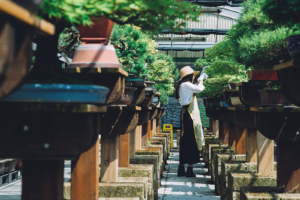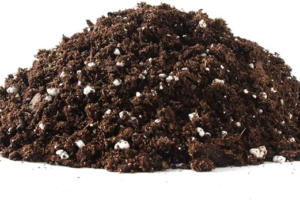YouTube
Larch Bonsai Beginnings - Greenwood Bonsai
Growing Larch Bonsai
Growing larch bonsai can be a rewarding and challenging experience for bonsai enthusiasts. Larch trees, also known as tamarack or eastern larch, are deciduous conifers that are native to North America. They are known for their beautiful orange-yellow fall foliage and their strong, resilient nature. In this blog post, we will discuss some of the key considerations for growing larch bonsai, including selecting the right variety, proper care and maintenance, and techniques for shaping and styling the tree.
Selecting the Right Variety
When selecting a larch tree for bonsai, it is important to choose a variety that is well suited to the growing conditions in your area. Larch trees are hardy and can tolerate a wide range of temperatures and soil types, but they do require a period of cold dormancy. If you live in a warm climate, it may be more difficult to provide the necessary cold temperatures for dormancy, so it’s best to opt for a more tropical variety of larch.
Another important consideration when selecting a larch tree for bonsai is the size and shape of the tree. Larch trees can grow quite tall in the wild, so it’s best to choose a young or semi-mature tree that has a smaller trunk and a more compact growth habit. This will make it easier to shape and style the tree into a bonsai.
Proper Care and Maintenance
Once you have selected your larch bonsai, it is important to provide it with proper care and maintenance to ensure that it stays healthy and thrives. This includes providing the tree with the right amount of light, water, and nutrients, as well as regularly pruning and shaping the tree to promote healthy growth.
Larch bonsais require a lot of sunlight to thrive, so it’s important to place them in a location that receives full sun for most of the day. They also need to be watered regularly to keep the soil moist, but not waterlogged. It’s important to check the soil moisture level before watering and only water when the top inch of soil is dry.
In terms of fertilization, larch bonsais require a balanced fertilizer that contains equal parts of nitrogen, phosphorus, and potassium. It is recommended to fertilize your larch bonsai every 4-6 weeks during the growing season.
Pruning and shaping is also an important part of the care and maintenance of larch bonsais. Larch bonsais should be pruned during the growing season to remove any dead or diseased branches, as well as to encourage branching and ramification.
Shaping and Styling
Shaping and styling a larch bonsai is a gradual process that takes time and patience. The key is to work with the natural shape and characteristics of the tree, rather than trying to force it into a predetermined shape.
One popular styling technique for larch bonsais is the informal upright style, which mimics the natural shape of the tree. This style is characterized by a straight trunk and branches that radiate outwards in a natural, asymmetrical pattern. To achieve this style, you will need to train the branches and trunk of the tree to grow in the desired direction.
Another popular styling technique for larch bonsais is the slanting style, which creates a more dramatic, windswept look. This style is achieved by wiring the trunk and branches of the tree into a slanting position, and then allowing the tree to grow in that shape over time.
In conclusion, growing larch bonsai can be a rewarding and challenging experience for bonsai enthusiasts.







Leave a Reply
Your email is safe with us.
You must be logged in to post a comment.